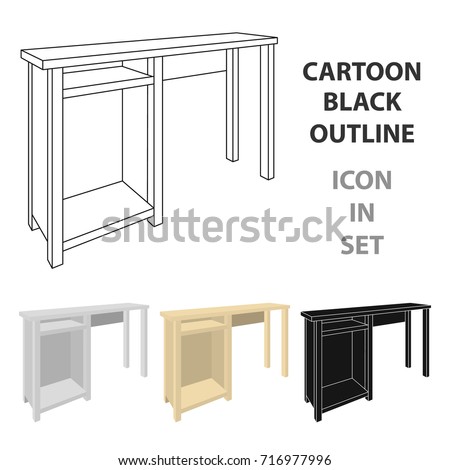Comprehensive Instructions For Refurbishing Vintage Cabinets
Comprehensive Instructions For Refurbishing Vintage Cabinets
Blog Article
Authored By-Stanley Kerr
To begin the journey of bring back antique cupboards, you require a keen eye for detail. Imagine uncovering concealed keys within each layer of history ingrained in the timber. Photo the contentment of reviving a once-forgotten piece to its former splendor. Every action of this thorough process holds the crucial to preserving the past while developing a future treasure. So, are you prepared to start this transformative undertaking and unlock the potential of your antique cupboards?
Examining the Cabinet's Problem
When beginning the restoration procedure, beginning by assessing the problem of the antique cupboard. Thoroughly take a look at the total framework for any type of indicators of damage such as cracks, chips, or loose joints. Examine the timber for any rot, warping, or insect invasion that might have happened gradually. It's essential to determine the level of the remediation needed before proceeding better.
Next off, inspect the cupboard's hardware such as hinges, handles, and locks. Make note of any kind of missing out on pieces or components that require repair or substitute. Ensure that all hardware is working appropriately and safely attached to the closet.
Additionally, assess the cupboard's coating. Try to find any kind of scratches, stains, or discoloration that might influence the visual allure. Figure out if the surface requires to be stripped and reapplied or if a simple touch-up will certainly be sufficient.
Collecting the Required Devices and Products
After examining the condition of the antique closet, the next step is to collect the required devices and materials for the remediation procedure. Before you begin, guarantee you have the complying with items accessible:
- timber cleaner
- sandpaper in different grits
- timber filler
- paint or timber stain
- brushes
- handwear covers
- safety goggles
- a dust mask
- a drop cloth
- a putty knife
- a hammer
- a screwdriver
- a vacuum
These tools and materials are necessary for an effective repair.
Wood cleaner is crucial for getting rid of years of dust and crud buildup, preparing the surface for fining sand. Sandpaper of various grits aids in raveling flaws and preparing the wood for a new finish. Wood filler comes in handy for repairing any kind of splits, openings, or dents existing in the cabinet.
https://www.popularmechanics.com/home/how-to-plans/how-to/a23337/6-home-remodeling-tips-budget/ or timber tarnish, together with brushes, enable you to personalize the cabinet to your preference. Bear in mind to wear gloves, safety and security goggles, and a dirt mask for security. Put down https://ranchstylekitchen76420.blogdun.com/28362416/teaming-up-with-a-professional-cupboard-maker-can-transform-your-residence-right-into-a-personalized-hideaway-where-every-aspect-is-carefully-created-and-tailored-to-your-preferences to secure your work area, and utilize a vacuum cleaner to clean up any debris.
With these tools and materials collected, you prepare to begin the restoration process.
Performing the Restoration Refine
To successfully perform the repair procedure on your antique cabinet, begin by extensively cleaning up the surface with the timber cleaner. This action is important as it aids get rid of years of dirt, gunk, and old polish that might have accumulated on the surface.
When the cupboard is clean and completely dry, assess the condition of the wood. Look for any type of fractures, scrapes, or various other damages that require to be dealt with. Usage wood filler to fix any imperfections, ensuring to match the filler shade to the timber tone for a seamless surface.
After the repair services have dried, delicately sand the whole surface area to produce a smooth and also base for the new finish. Beware not to sand also boldy, as you do not wish to damage the wood underneath.
As soon as the sanding is full, use a timber tarnish or end up of your option, complying with the producer's guidelines. Permit the coating to completely dry completely prior to applying a protective top coat to make sure the long life of your restored antique cabinet.
Final thought
Since you have completed the reconstruction process, your antique cabinet looks as good as new.
By adhering to the step-by-step overview, you had the ability to examine, fix, and boost its condition with ease.
With a fresh surface and protective leading coat, your treasured item will continue to radiate for many years to come.
Enjoy the elegance of your restored antique closet!
